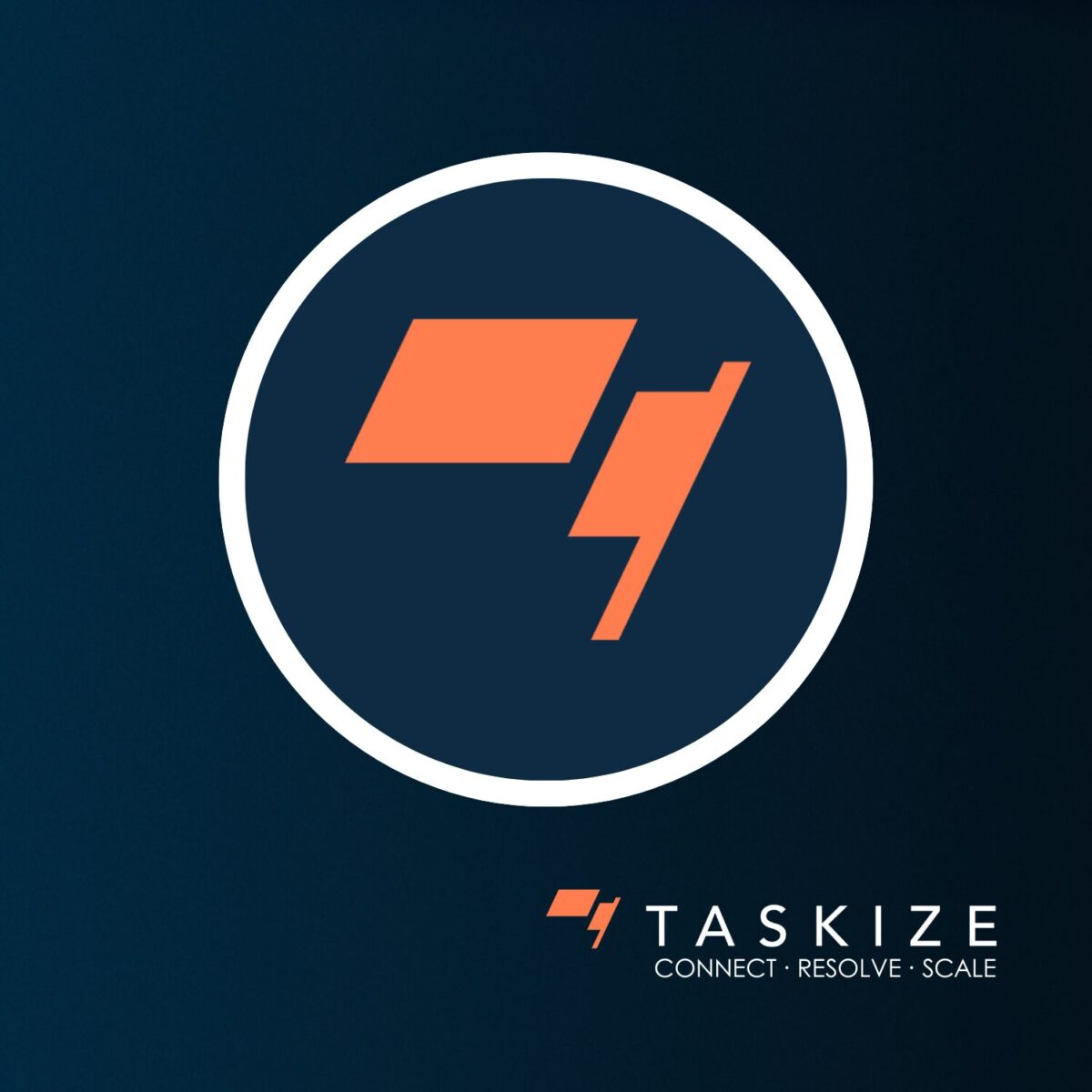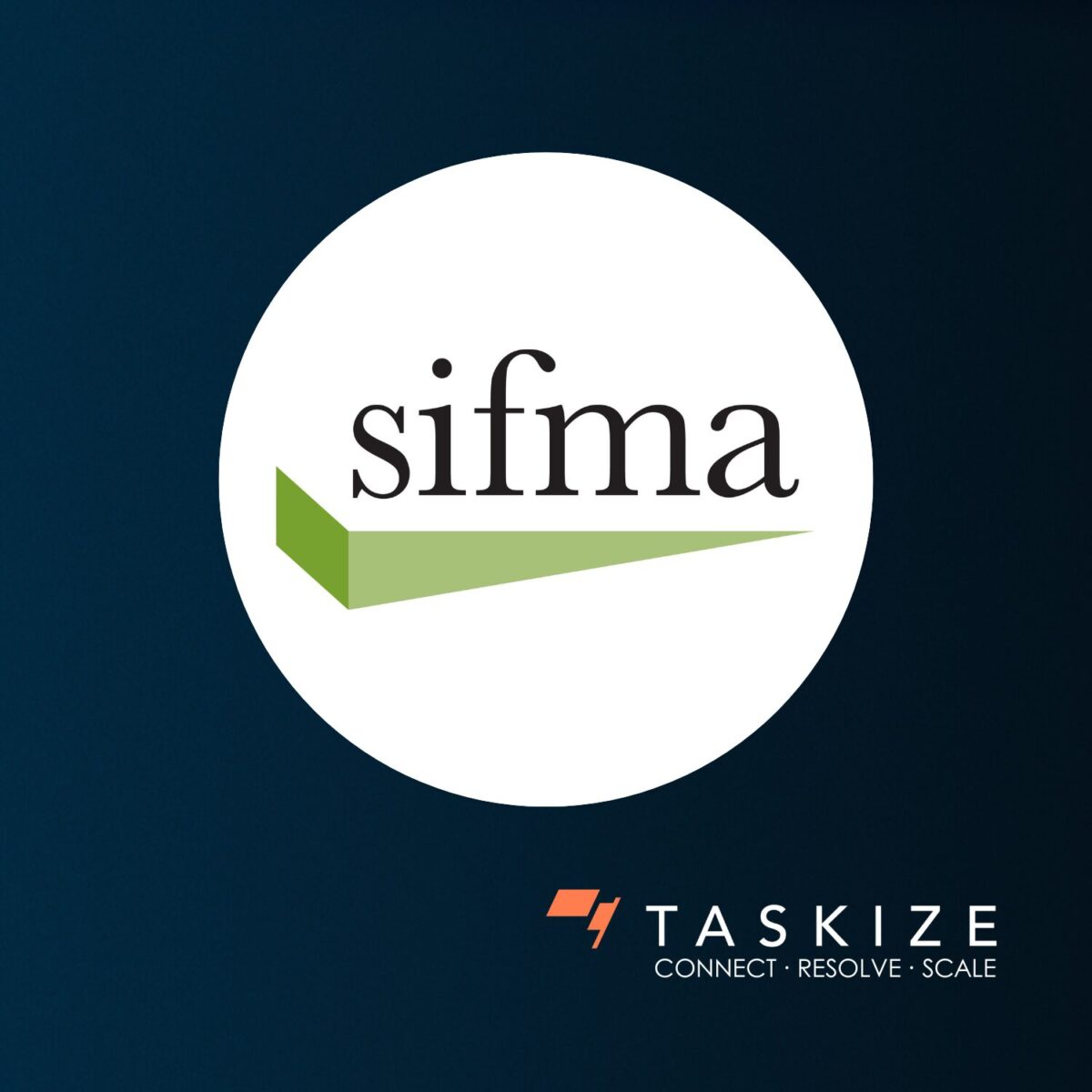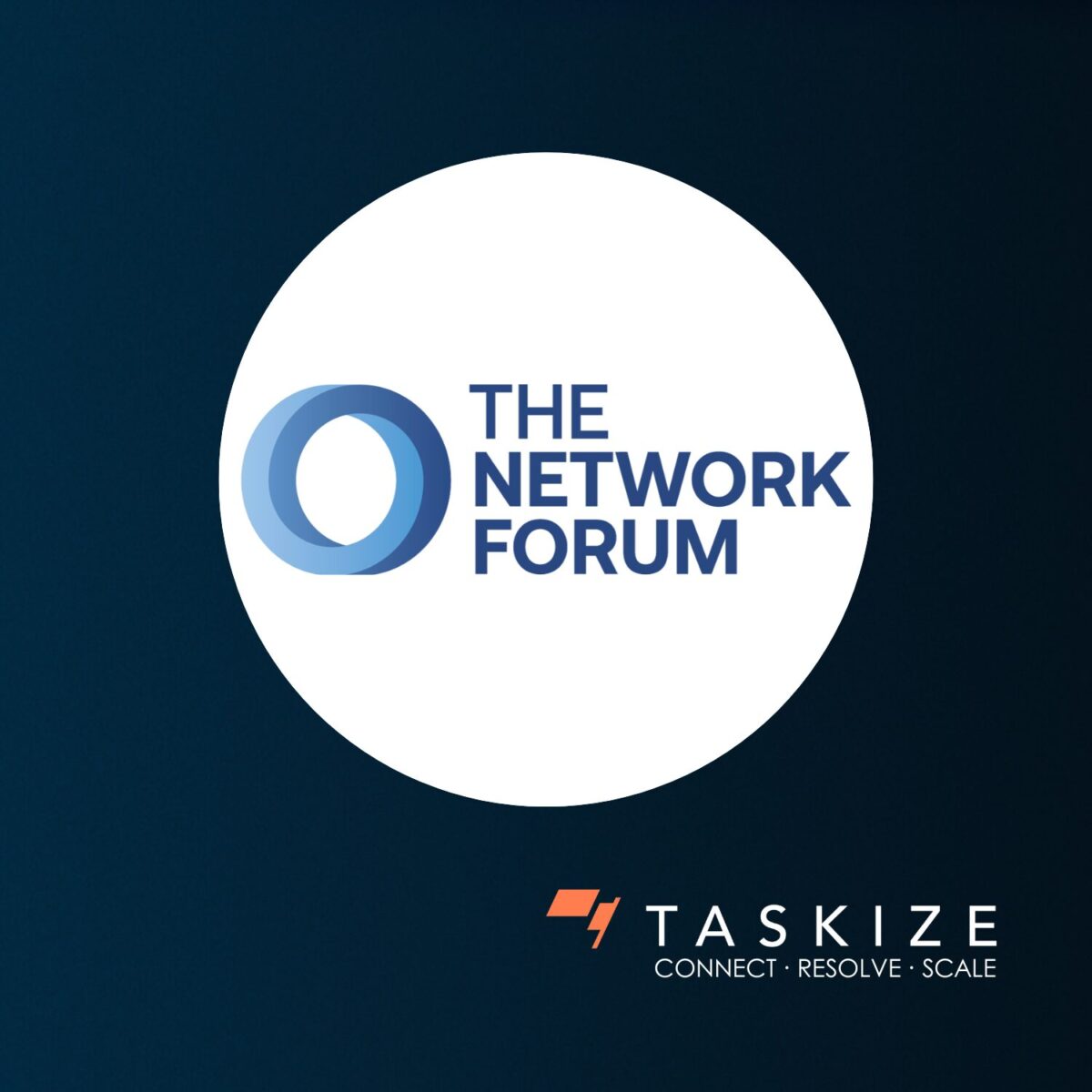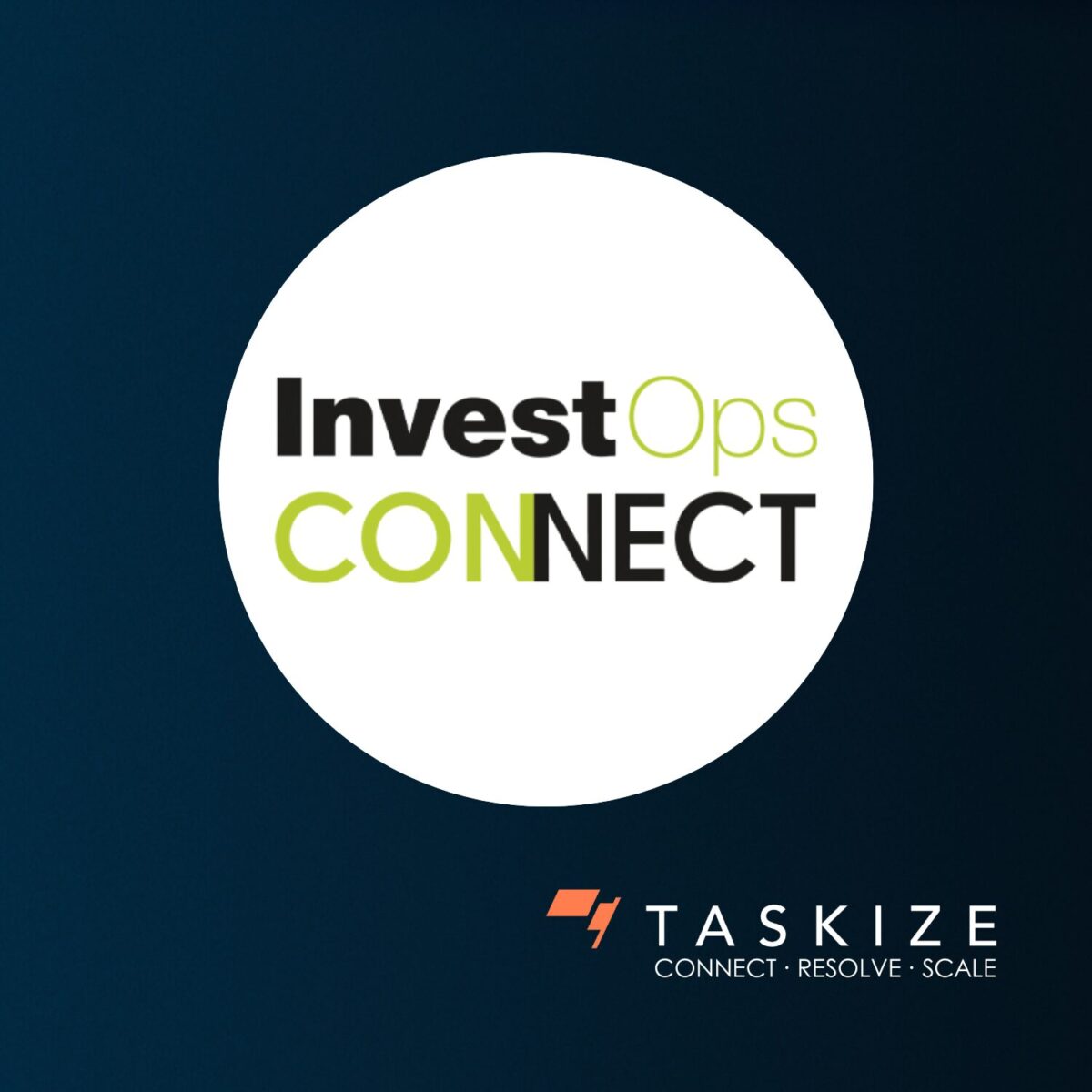Press releases
In this new thought leadership piece, Taskize’s Chief Product Officer, Helen Adair, shares how firms can reduce post-trade friction and prepare for the T+1 challenges ahead
In just over 2 years, T+1 will be live in most of Europe.
Although the North American transition went by fairly frictionlessly, Europe’s – i.e. the EU, UK, Switzerland and Liechtenstein – migration to T+1 is likely to be more challenging.
Helen Adair, Chief Product Officer at Taskize, takes a look at what firms should be thinking about, in light of a new research report – ‘Tackling Post-Trade Friction: Supporting a Global Shortened Settlement Cycle’ – from Firebrand Research in collaboration with Clearstream, The Depository Trust & Clearing Corporation (DTCC) and Euroclear, available to download here.
T+1 on course to becoming the global standard
More markets, and not just those in Europe, have pledged to introduce T+1 over the next five years.
T+1 has plenty of strategic benefits, including reduced settlement cycle misalignment between major markets, margin and collateral savings, and liquidity optimisation. If firms are to get the most out of T+1, then they will have to consider changes to their operations and technology processes, a number of which have been outlined in this report.
Getting to the bottom of trade fails
Trades fail for all sorts of reasons.
According to the report, 71% of firms said counterparty short positions, i.e. inventory management deficiencies, were to blame for their trade fails in 2024, followed by data issues (21%), i.e. inaccurate standing settlement instructions (SSIs), late recalls (13%) and other challenges (15%), for example corporate actions, technical problems, or partialling.
If settlement discipline is poor at firms, navigating T+1 will be difficult, especially in Europe, where there are many local market idiosyncrasies.
“The European move to T+1 is undoubtedly more complex from a planning and implementation standpoint than the North American transition. Not only are there more currencies, [financial] market infrastructures (FMIs), market participants and regulators involved, there are also significantly different market practices to accommodate,” said the Report.
Snags could occur if the time horizons for T+1’s implementation were to fall out of sync in certain European markets, an outcome which might lead to settlement mismatches at mixed basket Exchange Traded Funds (ETFs), cross border investment funds and dual listed securities.
Central Securities Depositories Regulation (CSDR) regulation penalties for trade fails and poor settlement practices could make cost-per-trade processing increasingly expensive for the industry at a time when margins are already being squeezed.
T+1 in Europe will throw up some unique complications for our industry, but we have learned from what happened in North America. Fifty-two percent of banks and brokers said T+1 had a significant impact on headcount and staffing levels.1 While expanding headcount across operations teams will help stem some of the T+1 settlement issues, it is not a sustainable or long-term fix, especially as the European transition is poised to be quite complex.
So, what should firms be doing?
T+1 checklist – important first steps
Now is the time for financial institutions to be conducting gap analysis into why their trades fail, especially as the T+1 deadline looms ever closer.
More likely than not, an ongoing reliance on manual processing will be responsible for a large proportion of trade fails, a point echoed in the report: “Firms need to get to grips with the underlying causes of their failures and address any that are preventable due to data errors or manual processes.”
In many instances, this will require firms to make significant improvements to their own technology infrastructure and legacy systems. It is vital that firms identify the areas where automation could reduce manual workload, allowing them to focus resources instead on dealing with more value-add, complex or higher risk tasks.
Similarly, poor operational practices and a lack of automation at counterparties and clients will need to be tackled. A lot of firms, particularly in post-trade, have outsourced manual processes to lower-cost third-party providers. As these processes have not been automated at the point when they are migrated to third parties, firms are effectively moving manually intensive processes, meaning everything becomes more cumbersome, leading to a spike in errors. In such scenarios, it might be worth having constructive conversations with counterparties to improve their own systems, ensuring timely settlement.
Banks and brokers will need to consistently communicate with clients, such as asset managers or asset owners, whose settlement practices may not be as sophisticated, as this will potentially have a detrimental impact on settlement completion rates.
Automation does have up-front costs; without it, there will be a material impact on settlement efficiency. It will enable firms to achieve same-day matchings and confirmations, allowing instructions to be sent to the Central Securities Depository (CSD) in a timely fashion. Taskize strongly believes that organisations should be sending instructions to the CSD on trade date, ideally no later than 2230HRS on T, and this seems to be the direction in which the Accelerated Settlement Taskforce is going.
Transparency around trade lifecycle management is a significant cause of trade fails, for example, SSI errors and delayed communication to resolve settlement. This can happen because communication gaps between counterparties and/or clients can cause ongoing challenges, a problem often exacerbated by lingering dependencies on manual processes and email.
Through the adoption of collaboration platforms and workflow functionality, such as that offered by Taskize, firms can eliminate the need for email and other manual interventions. This allows them to consolidate multiple workstreams within their organisation, giving them aggregated views and better insights and end-to-end audit trails into their operations.
A single, consolidated view of trade lifecycle management will provide financial institutions with greater, real-time visibility, further helping them with their T+1 transition.
Early preparation and lessons learned from the North American transition will undoubtedly facilitate a smoother transition. ICSDs, such as Euroclear, are working closely with clients to ensure exactly that. Engaging with high-calibre systems and solutions will be essential if the T+1 compliance journey is to be a smooth one for banks, brokers and their clients.



